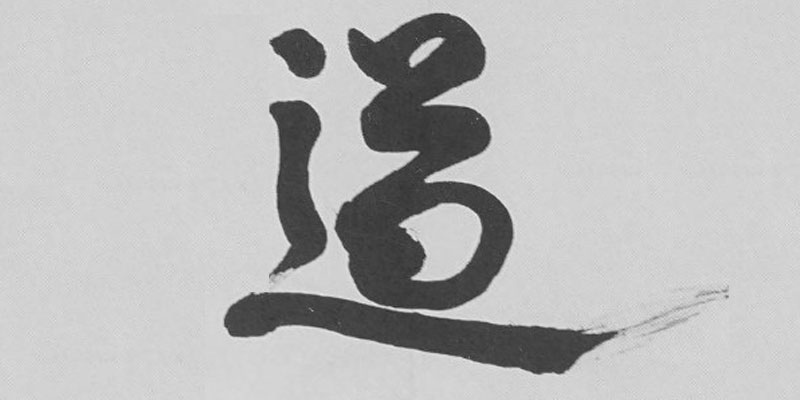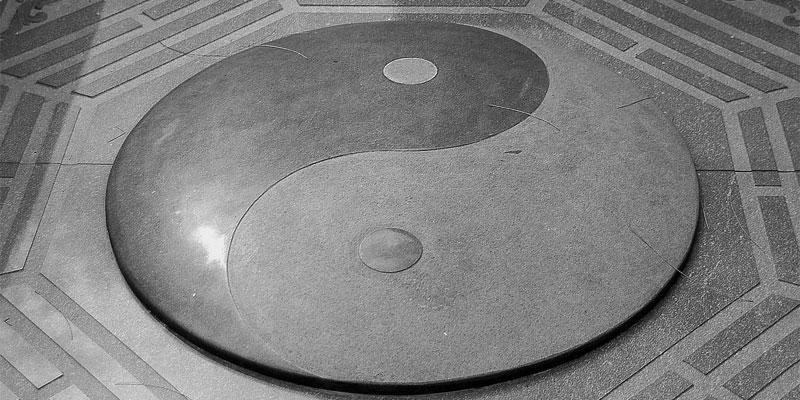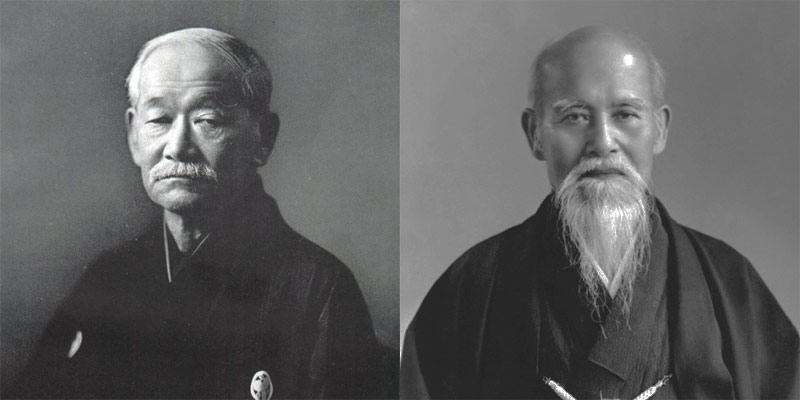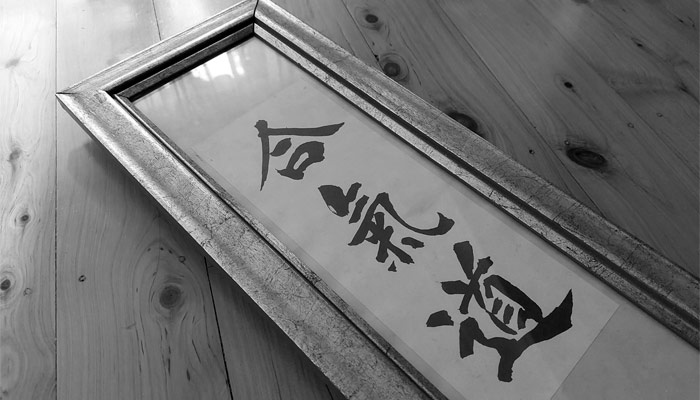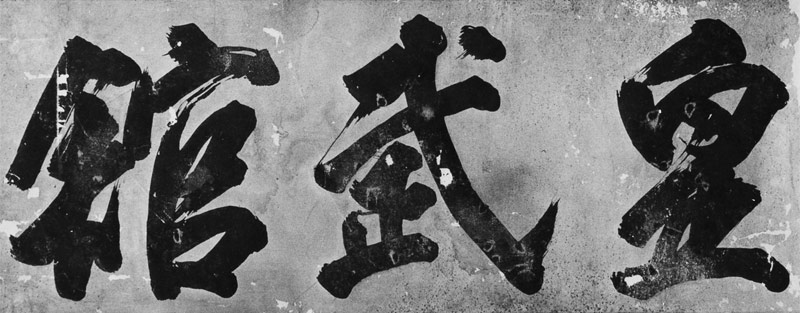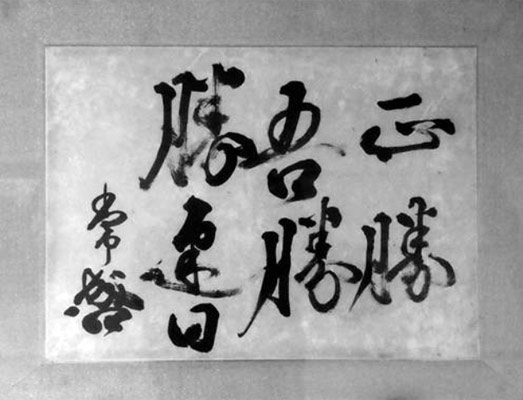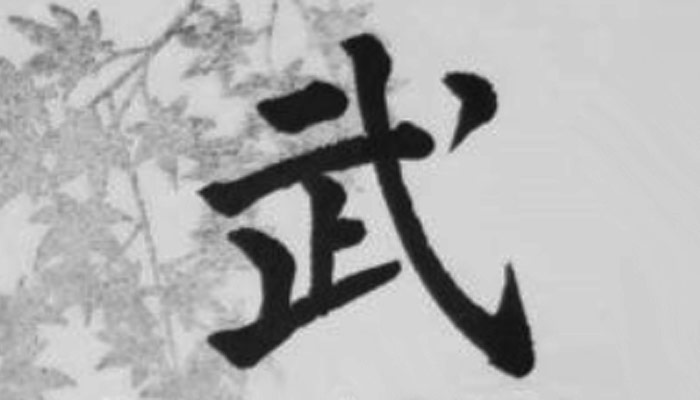DO 道
-
One Aikido, Many Expressions: Different Styles of a Living Art
Aikido, a modern Japanese martial art created by Morihei Ueshiba 植芝 盛平 (1883–1969), has grown into a worldwide discipline with numerous styles and interpretations. Though rooted in the same philosophical and technical foundation, the different styles of Aikido each carry their founder’s interpretation, emphasis, and training methodology. Here is an overview of some of the most influential Aikido styles and their defining characteristics. Aikikai 合気会 – Aikikai is the original and largest Aikido organization founded by Morihei Ueshiba, carried on by his son Kisshomaru Ueshiba 植芝 吉祥丸 (1921–1999, Second Doshu) and grandson Moriteru Ueshiba 植芝 守央 (Third and current Doshu). It is considered the Honke 本家 style of Aikido and…
-
Beyond Opposites: Rethinking Ju and Go in Aikido Philosophy
Ju 柔 (Softness) and Go 剛 (Hardness) are terms frequently used in martial arts. Conceptually, we often refer to a martial art or style as being “soft” or “hard”, but is this a meaningful or accurate expression? What are the true meanings of 柔 and 剛? Before diving into the details, let’s start with the question of whether it should be written as 剛柔 (Go-Ju) or 柔剛 (Ju-Go). Historically, 剛柔 is the more traditional and commonly seen order in Chinese classics and early Japanese literature. This form appears in ancient political and philosophical texts, such as Confucius’s Zhong Yong 中庸 (The Doctrine of the Mean) and the military treatise The…
-
Morihei Ueshiba and Jigoro Kano: The Resonance of Two Great Masters
Morihei Ueshiba 植芝 盛平, the founder of Aikido, and Jigoro Kano 嘉納治五郎, the creator of Judo, were two of the most influential martial artists of the 20th century. While their approaches to martial arts differed significantly, they shared a deep mutual respect for each other and for the values of traditional Japanese Budo. Their interactions reflect an interesting dialogue between the preservation of martial tradition and the evolution of combat into a modern sport. Jigoro Kano (1860–1938) was a visionary who sought to modernize traditional Jujutsu into a structured discipline suitable for education and competition. He mastered both Kito Ryu 起倒流 and Tenjin Shinyo Ryu 天神真楊流 Jujutsu 柔術. In 1882,…
-
Seiza and Zarei: Embodying Japanese Cultural Values in Aikido
Seiza 正座 and Zarei 座礼, two fundamental practices in Aikido, embody profound cultural and philosophical significance rooted in Japanese tradition. Sei means correct or proper, and Za means sit, so Seiza literally means “correct sitting.” It holds deep historical roots in Japanese culture, particularly within martial arts and ceremonial contexts. In Aikido, practitioners assume the Seiza position by kneeling with their buttocks resting on their heels, both feet flat on the mat, and the big toes may slightly overlap, maintaining an upright posture with a straight spine. Hands rest on the thighs with palms facing down. Taking slow, deep breaths, practitioners relax and cultivate a sense of openness and receptivity.…
-
Purification of Body and Soul: Misogi in Japanese Culture and Aikido
Misogi 禊, deeply rooted in Japanese culture and religious tradition, is a ritual of purification aimed at cleansing both the body and the spirit. Typically, the ritual involves immersing oneself in water, often a natural body of water like a river or waterfall, to wash away impurities and negative energies. The attire is typically white garments, but in many cases, men may wear a loincloth. The practice dates back centuries, and it is said to originate from Izanagi 伊邪那岐, a kami in Japanese mythology, who felt contaminated and purified himself with water after his visit to Yomi 黄泉, the world of death, to see his deceased wife Izanami 伊邪那美. Misogi…
-
A Journey of Naming: From Daito Ryu to Aikido (Part II)
Around 1934, Ueshiba received an invitation from Takuma Hisa 久琢磨, who was associated with the Osaka Asahi Shinbun 朝日新聞, one of Japan’s major and oldest national daily newspapers, to teach in Osaka. Ueshiba would regularly travel to the Asahi Dojo and taught there for about 3 years. During this period, Ueshiba referred to his art as Dai Nippon Asahi Ryu 大日本旭流. During his time in Osaka, Hisa and others who received instruction took advantage of the resources available at the newspaper company to meticulously document each technique and capture them in photographs and videos. These materials, along with the techniques Hisa later learned directly from Takeda Sokaku, were compiled into…
-
A Journey of Naming: From Daito Ryu to Aikido (Part I)
Aikido, renowned for its philosophy of harmony and non-resistance, has a rich history that traces its roots back to Daito Ryu Jujutsu 大東流柔術. During the evolution of Aikido, Ueshiba used various names for his art before settling on the term “Aikido 合気道”. Ueshiba had studied multiple martial arts, including Tenjin Shinyo Ryu 天神真楊流, Kito Ryu 起倒流, Yagyu Shinkage Ryu 柳生新陰流, and Judo 柔道 before encountering the martial arts master Sokaku Takeda 武田惣角. In 1915, Ueshiba came across Takeda during his exploratory journey in Hokkaido 北海道. Astonished by Takeda’s knowledge and techniques, he swiftly decided to become Takeda’s disciple. The following year, Ueshiba established a dojo in Shirataki 白滝村 and invited…
-
Masakatsu Agatsu Katsuhayabi: The Path to Victory in Aikido
Aikido is said to be a non-competitive art that emphasizes harmonization with opponents, transcending the common concept of winning or losing. However, the founder Morihei Ueshiba did explain the concept of victory in Aikido through the phrase Masakatsu Agatsu Katsuhayabi 正勝吾勝勝速日, a simple yet profound expression. Before delving into its meaning, let’s discuss its origin. The phrase first appeared in Japanese mythology. According to the Nihon Shoki 日本書紀, Susanoo-no-Mikoto 素戔嗚尊 or 須佐之男命 (as mentioned in Kojiki 古事記), the son of Izanagi 伊邪那岐, made a vow in front of his sister, Amaterasu Omikami 天照大神, stating, “If my heart is pure, a male kami will be born; if impure, a female kami…
-
Divine Revelation and Enlightenment: Morihei Ueshiba’s Vision for Aikido
In the realm of Aikido, the founder Morihei Ueshiba embarked on a transformative journey, guided by profound divine revelations that bestowed upon him a sacred mission to manifest harmony and purification in a world fraught with turbulence. According to legend, Ueshiba received numerous Shinji 神示 (divine revelations) throughout his life. One significant revelation occurred on December 14, 1940, which coincided with Ueshiba’s birthday. At 2:00 AM that day, Ueshiba performed a one-hour Suigyo ritual, a water purification ceremony. During this ritual, he prayed for the descent of deities (kami) associated with Aikido, resulting in the arrival of 43 guardian deities. The first to descend was Sarutahiko-Okami 猿多毘古大神, followed by others,…
-
Understanding the Meaning of Bu 武: A Historical Perspective
Aikido, among other martial arts, falls under the category of Budo 武道. However, what exactly does Bu 武 mean? To fully comprehend the meaning of the character Bu 武, we must trace its origins back to China. The character Bu 武 was first recorded in Jiaguwen 甲骨文, also known as the Oracle Bone Script, which was used in the late 2nd millennium BC. Jiaguwen consisted of pictographs and signs, many of which remain undeciphered today. Over thousands of years, Jiaguwen evolved into Chinese characters and was introduced to Japan around the 6th century. Jiaguwen 甲骨文 To better understand the evolution of the character Bu 武 over time, the diagram below…
